
# U548A - 1.6 1969 LIBERTY BELL
Liberty Bell Rings For Independence
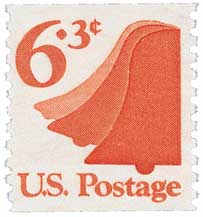
On July 8, 1776, the Liberty Bell was rung to announce the reading of the Declaration of Independence.
In 1751, the Colonial province of Pennsylvania paid about $300 to have a bell cast in England to mark the 50th anniversary of Pennsylvania’s constitution. This 2,000-pound bell bore the Biblical inscription “Proclaim Liberty throughout all the land unto all the inhabitants thereof ” (Leviticus 25:10). The quotation refers to God’s commandment to the Israelites to celebrate their liberation from Egypt every 50 years.
The Old State House Bell (as it was known at the time) was completed and hung in the Pennsylvania State House (now Independence Hall) in June 1753. However, a crack appeared at the first stroke of the clapper. The bell was melted and remolded twice by Philadelphia metalworkers. Soon, its ringing-for good news or bad, for public functions, for occasions of ceremony – were part of the colonial democracy. Several early special occasions included the meetings of the Pennsylvania Assembly, when King George III ascended to the throne in 1761, and to call a meeting following the controversial
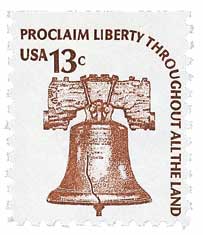
Stamp Act of 1765. After the Revolution began, it was rung to announce the battles of Lexington and Concord.
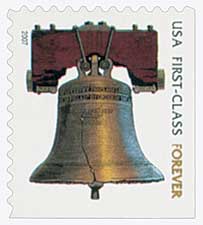
Then in July 1776, American patriots composed the Declaration of Independence, our statement of separation from Great Britain. Though it was signed on July 4, the document was sent to a printer. It was finally ready on July 8, 1776. According to tradition, the Liberty Bell tolled on that day to announce the first public reading of the Declaration of Independence.
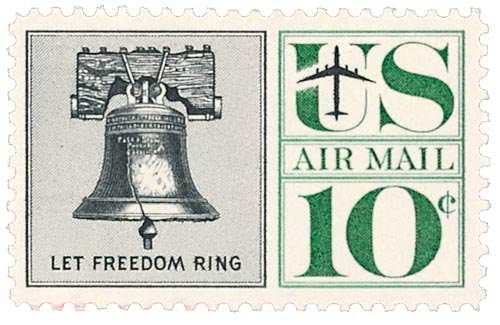
The following year, the patriots took the bell down and hid it to prevent the British melting it down into cannon balls. When Philadelphia was safe again, the bell was returned to its home in 1781. Soon, the bell was rang every year to mark Independence Day and George Washington’s birthday.
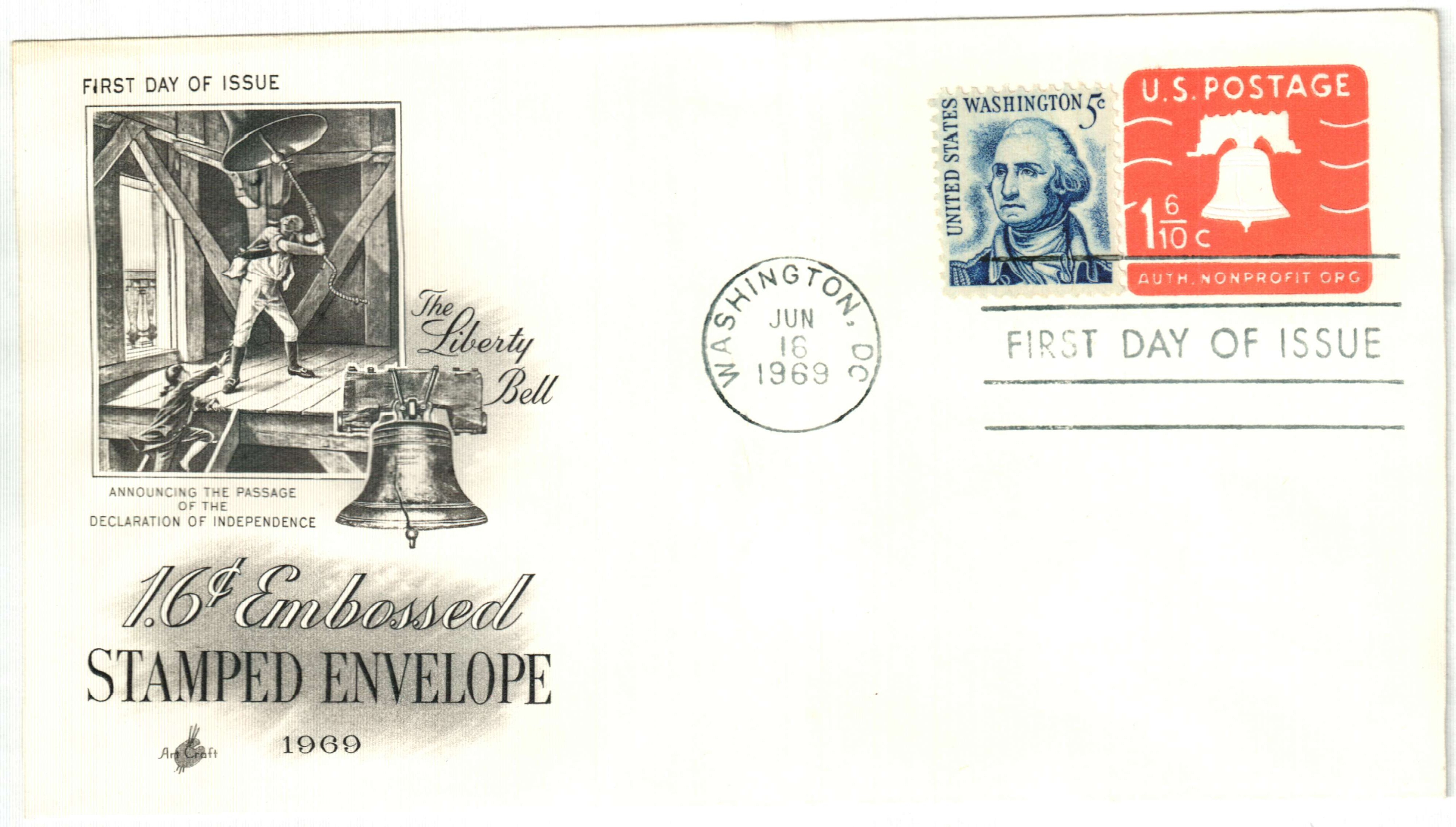
Just when the bell’s famous crack was formed has been the subject of debate for many years. The most widely accepted story is that it cracked while tolling for the funeral of John Marshall, the chief justice of the U.S. Supreme Court in 1835. It continued to be used despite the damage until 1846 when it tolled for Washington’s birthday and the crack grew to its current size. That crack made Liberty unusable and was the last time the bell was rung.
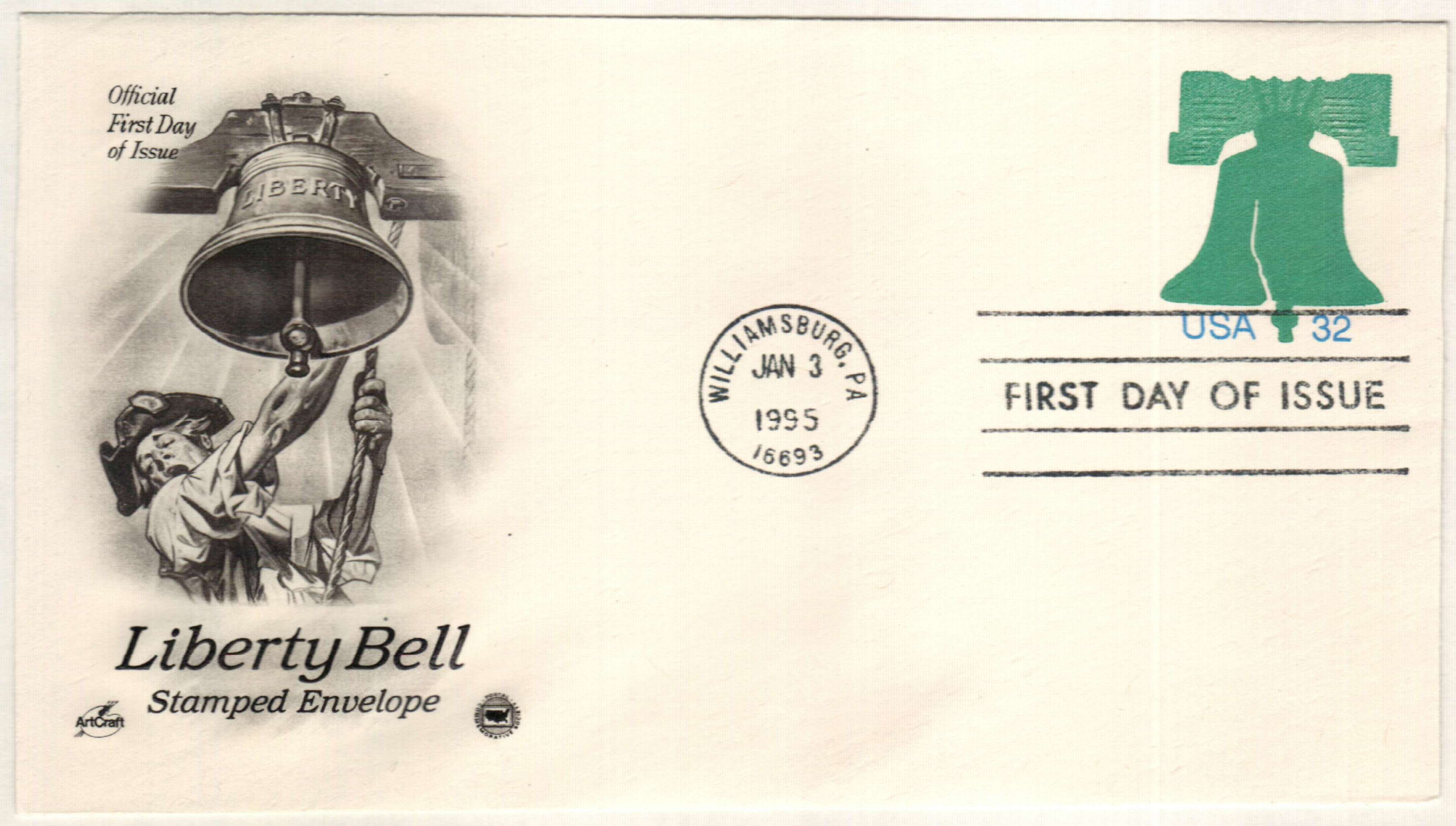
In 1839, abolitionists began to refer to the bell as the “Liberty Bell,” and the name has been popular ever since. The Liberty Bell was housed in Independence Hall from 1753 until January 1, 1976, when it was moved to a special pavilion behind Independence Hall in preparation for the Bicentennial. It is now permanently housed there. No longer rung, the bell is ceremonially tapped. Every Fourth of July, descendants of the Declaration of Independence signers tap Liberty 13 times to honor the patriots of the 13 colonies. At the same time, bells across the nation toll 13 times.
Liberty Bell Rings For Independence

On July 8, 1776, the Liberty Bell was rung to announce the reading of the Declaration of Independence.
In 1751, the Colonial province of Pennsylvania paid about $300 to have a bell cast in England to mark the 50th anniversary of Pennsylvania’s constitution. This 2,000-pound bell bore the Biblical inscription “Proclaim Liberty throughout all the land unto all the inhabitants thereof ” (Leviticus 25:10). The quotation refers to God’s commandment to the Israelites to celebrate their liberation from Egypt every 50 years.
The Old State House Bell (as it was known at the time) was completed and hung in the Pennsylvania State House (now Independence Hall) in June 1753. However, a crack appeared at the first stroke of the clapper. The bell was melted and remolded twice by Philadelphia metalworkers. Soon, its ringing-for good news or bad, for public functions, for occasions of ceremony – were part of the colonial democracy. Several early special occasions included the meetings of the Pennsylvania Assembly, when King George III ascended to the throne in 1761, and to call a meeting following the controversial

Stamp Act of 1765. After the Revolution began, it was rung to announce the battles of Lexington and Concord.

Then in July 1776, American patriots composed the Declaration of Independence, our statement of separation from Great Britain. Though it was signed on July 4, the document was sent to a printer. It was finally ready on July 8, 1776. According to tradition, the Liberty Bell tolled on that day to announce the first public reading of the Declaration of Independence.

The following year, the patriots took the bell down and hid it to prevent the British melting it down into cannon balls. When Philadelphia was safe again, the bell was returned to its home in 1781. Soon, the bell was rang every year to mark Independence Day and George Washington’s birthday.

Just when the bell’s famous crack was formed has been the subject of debate for many years. The most widely accepted story is that it cracked while tolling for the funeral of John Marshall, the chief justice of the U.S. Supreme Court in 1835. It continued to be used despite the damage until 1846 when it tolled for Washington’s birthday and the crack grew to its current size. That crack made Liberty unusable and was the last time the bell was rung.

In 1839, abolitionists began to refer to the bell as the “Liberty Bell,” and the name has been popular ever since. The Liberty Bell was housed in Independence Hall from 1753 until January 1, 1976, when it was moved to a special pavilion behind Independence Hall in preparation for the Bicentennial. It is now permanently housed there. No longer rung, the bell is ceremonially tapped. Every Fourth of July, descendants of the Declaration of Independence signers tap Liberty 13 times to honor the patriots of the 13 colonies. At the same time, bells across the nation toll 13 times.








